Odisha, a land known for its rich cultural heritage, boasts a plethora of festivals that reflect the vibrant spirit of its people. These celebrations not only signify religious significance but also uphold the traditions and values cherished by generations. From grand processions to intricate rituals, every festival in Odisha is a testament to the state’s diverse cultural tapestry.
Durga Puja
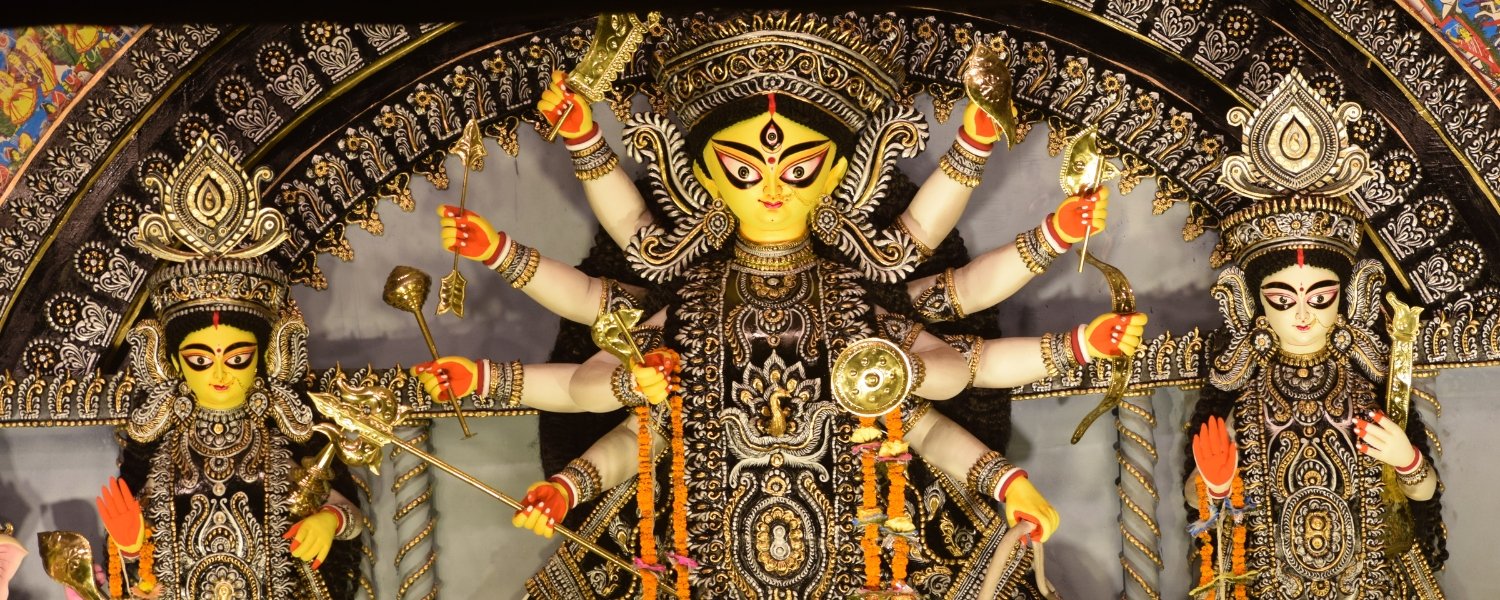
Durga Puja, a significant festival in Odisha, embodies the triumph of good over evil. Lasting for nine days, it celebrates Goddess Durga’s victory over the demon Mahishasura. The festival is a grand affair, with elaborate pandals showcasing artistic renditions of the goddess and her divine entourage.
Devotees throng to temples, offering prayers and seeking blessings for prosperity and protection. Cultural programs, including music, dance, and drama, add vibrancy to the festivities, bringing communities together in joyous celebration.
During Durga Puja, the air is filled with the aroma of incense and the sounds of devotional songs, creating a spiritually charged atmosphere that transcends barriers of caste, creed, and religion.
Kali Puja
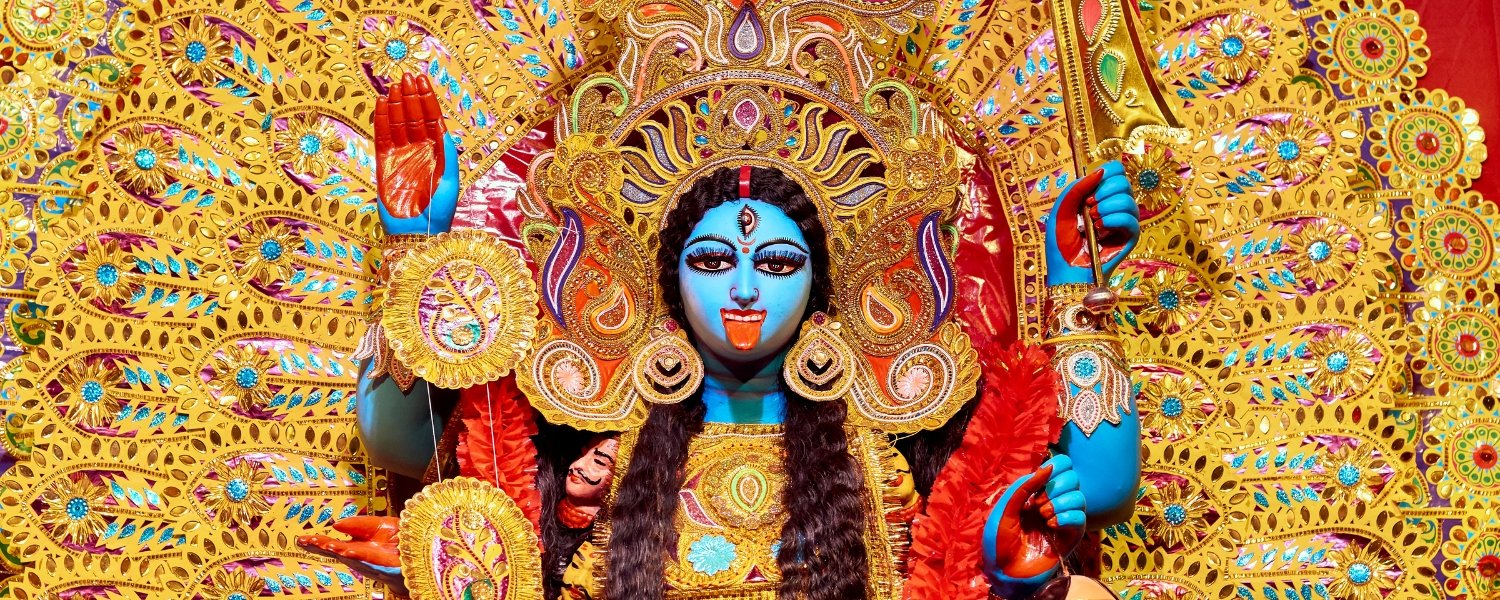
Kali Puja, observed predominantly in Cuttack and Kendrapara, venerates Goddess Kali, the fierce yet compassionate deity. Devotees offer prayers and sacrifices to seek her blessings for protection and empowerment.
The festival is marked by intricate rituals, including tantric practices and the chanting of mantras, invoking the goddess’s divine presence. Pandals adorned with images of Goddess Kali depict her in various forms, symbolizing her multifaceted nature.
Kali Puja fosters a sense of reverence and awe, reminding devotees of the eternal battle between good and evil and the triumph of righteousness.
Kumar Purnima
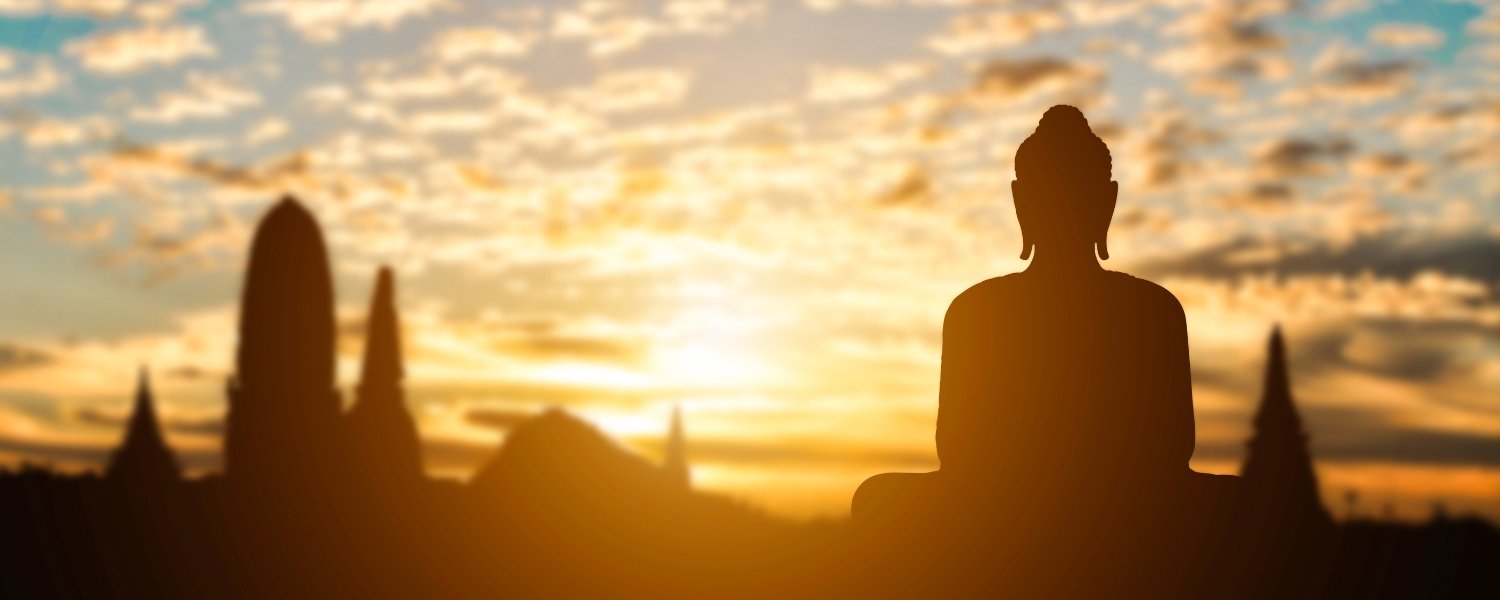
Kumar Purnima, a festival celebrating the bond between brothers and sisters, is a joyous occasion marked by rituals and festivities. Young girls observe fasting and offer prayers for the well-being of their brothers, seeking their long life and prosperity.
Families come together to celebrate with feasts and traditional games, strengthening familial bonds and fostering love and harmony. Kumar Purnima is a testament to the enduring values of love, respect, and care that define the relationship between siblings in Odisha’s culture.
Deepabali
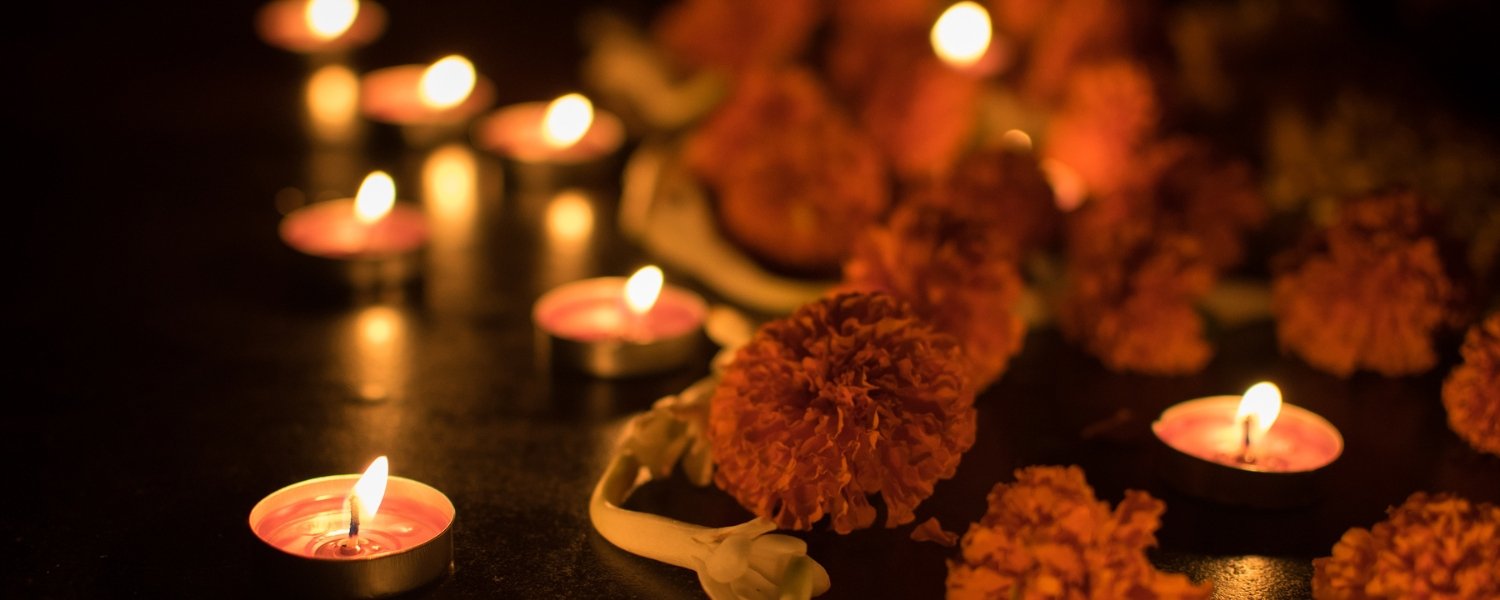
Deepabali, the festival of lights, illuminates the homes and hearts of Odisha’s people with the radiance of lamps and fervent celebrations. The festival symbolizes the victory of light over darkness and the triumph of good over evil.
Homes are adorned with colorful rangolis, and lamps are lit to welcome the blessings of Goddess Lakshmi, the goddess of wealth and prosperity.
Families gather to exchange sweets, burst crackers, and share joyous moments with loved ones, spreading warmth and happiness in every corner. Deepabali transcends religious boundaries, uniting people in the spirit of togetherness and hope for a brighter future.
Prathamastami
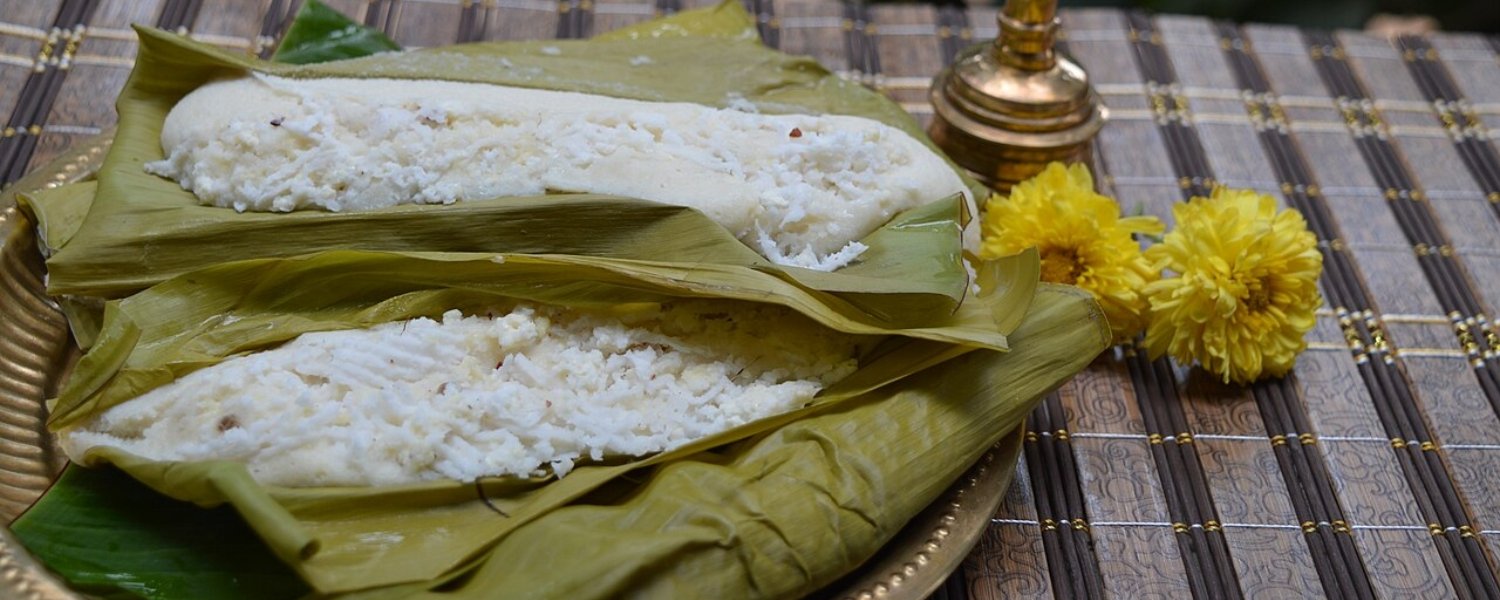
Prathamastami, a cherished festival in Odisha, honors the firstborn child in a family. Parents perform special rituals and offer prayers to Lord Shiva and Goddess Parvati for the well-being and longevity of their eldest child.
Families gather to celebrate this auspicious occasion with traditional rituals, delicious feasts, and joyous festivities. Prathamastami strengthens familial bonds and highlights the significance of the eldest child in Odia culture.
Vasant Panchami
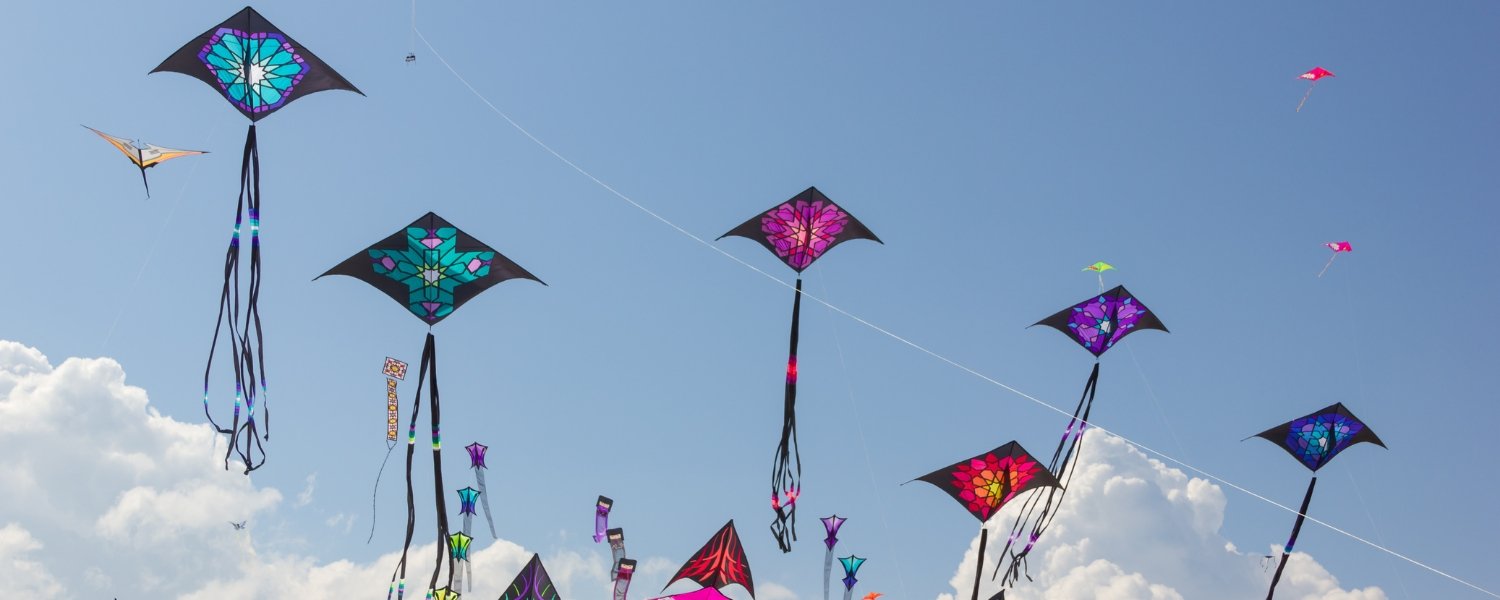
Vasant Panchami heralds the arrival of spring and pays homage to Goddess Saraswati, the embodiment of knowledge, arts, and music. Schools, colleges, and cultural institutions organize special prayers and ceremonies to seek the blessings of Goddess Saraswati for academic excellence and creative pursuits.
The festival is marked by the vibrant display of yellow attire and decorations, symbolizing the blossoming of spring and the onset of Basant Ritu. Vasant Panchami ignites a spirit of learning and creativity, inspiring individuals to pursue knowledge and wisdom.
Maha Shivaratri
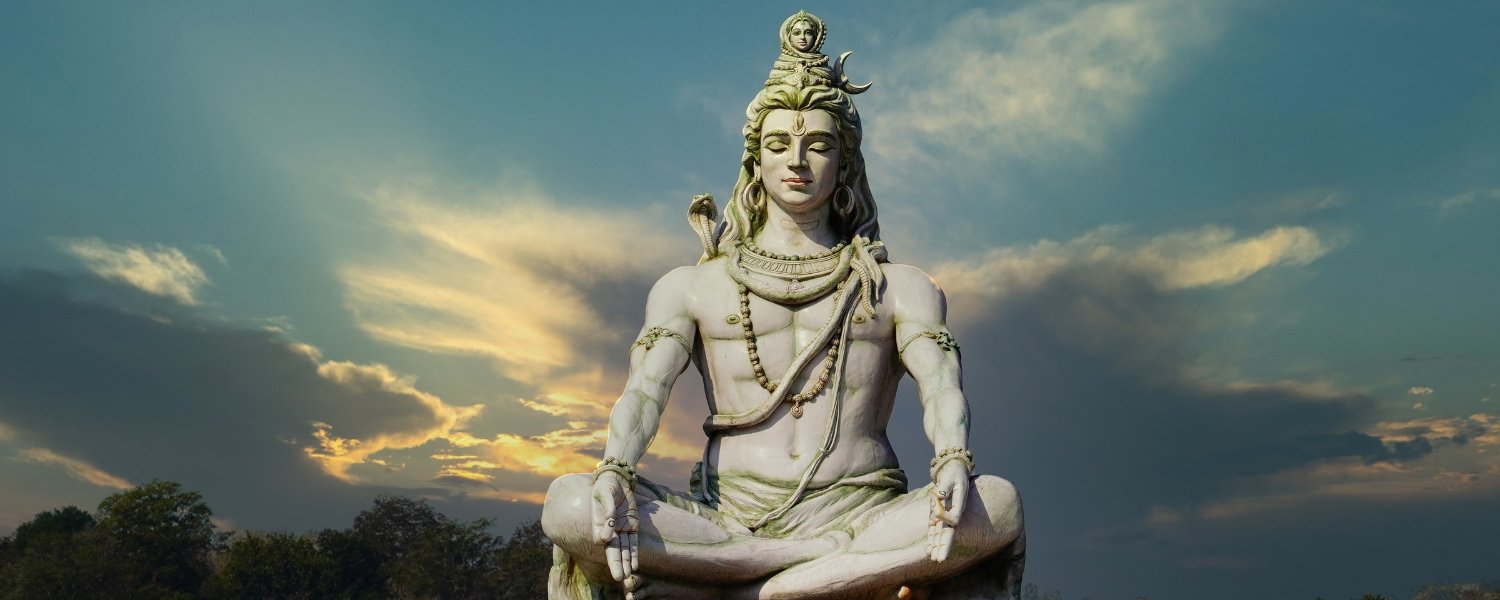
Devotees across Odisha celebrate Maha Shivaratri, the ‘Great Night of Shiva,’ with deep reverence and devotion. Devotees fast, meditate, and offer prayers to Lord Shiva, seeking his divine blessings for spiritual growth and enlightenment.
Temples witness large gatherings of worshippers who perform ritualistic prayers and chants throughout the night, creating an atmosphere charged with spiritual energy. Maha Shivaratri is a time for introspection and self-reflection, as devotees strive to attain inner peace and liberation from the cycle of birth and death.
Dola Purnima and Holi
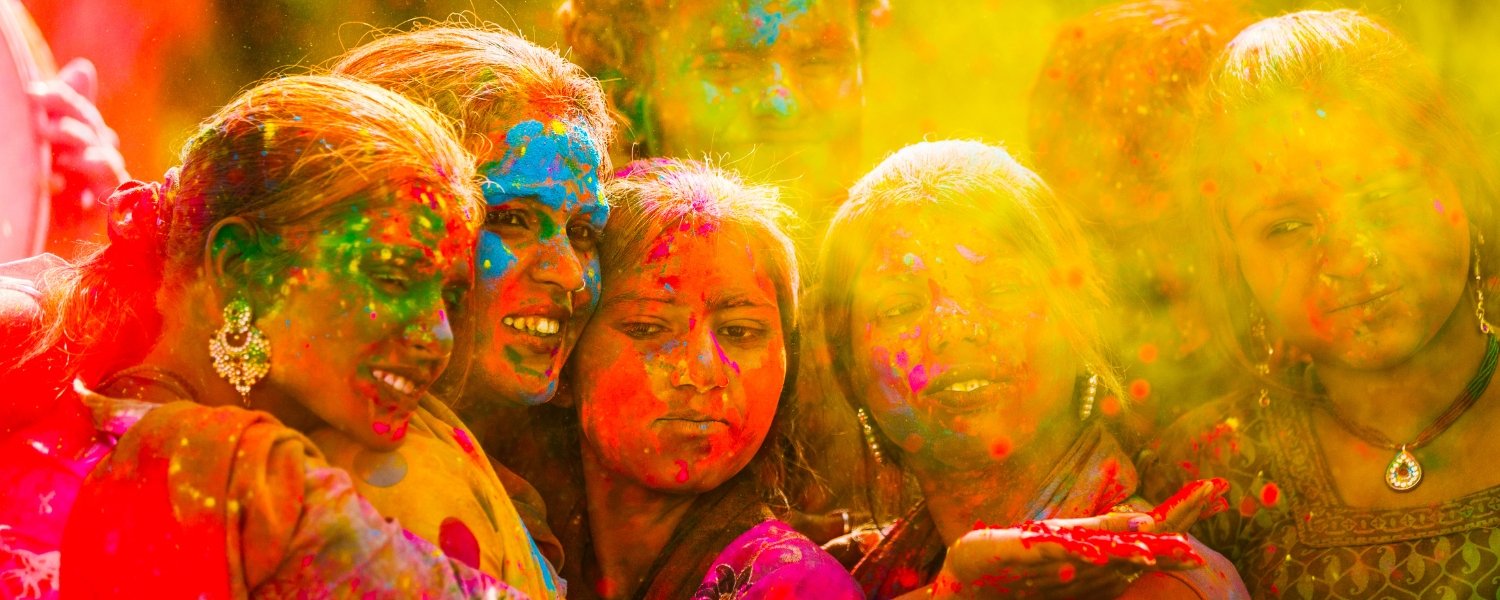
Dola Purnima, also known as Dol Yatra or Holi, celebrates the playful reunion of Lord Krishna with his beloved Radha.Colorful processions, folk songs, and dances depicting the divine romance of Radha and Krishna mark the festival.
People smear each other with vibrant colors, symbolizing the triumph of good over evil and the arrival of spring. Dola Purnima and Holi bring communities together in joyous celebration, fostering camaraderie and unity among people of all ages and backgrounds.
Ratha Yatra
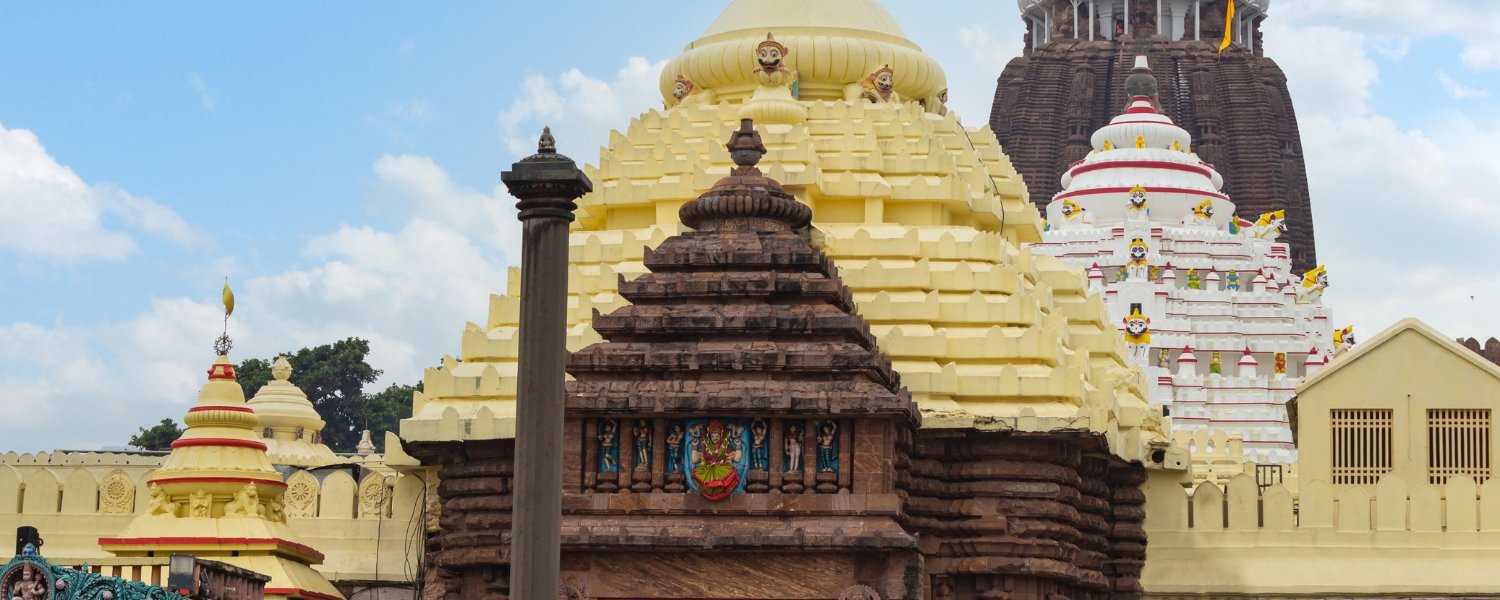
Ratha Yatra, the ‘Chariot Festival,’ is one of the grandest and most-awaited festivals in Odisha, celebrated in honor of Lord Jagannath, Lord Balabhadra, and Devi Subhadra. Devotees pull giant chariots carrying the deities through the streets amidst chanting of hymns and devotional songs.
The procession culminates at the Gundicha Temple, where the deities stay for a week before returning to the Jagannath Temple, marking the completion of the divine journey. Ratha Yatra is a symbol of unity and devotion, as millions of devotees gather to witness the divine spectacle and seek the blessings of Lord Jagannath.
Ganesh Chaturthi
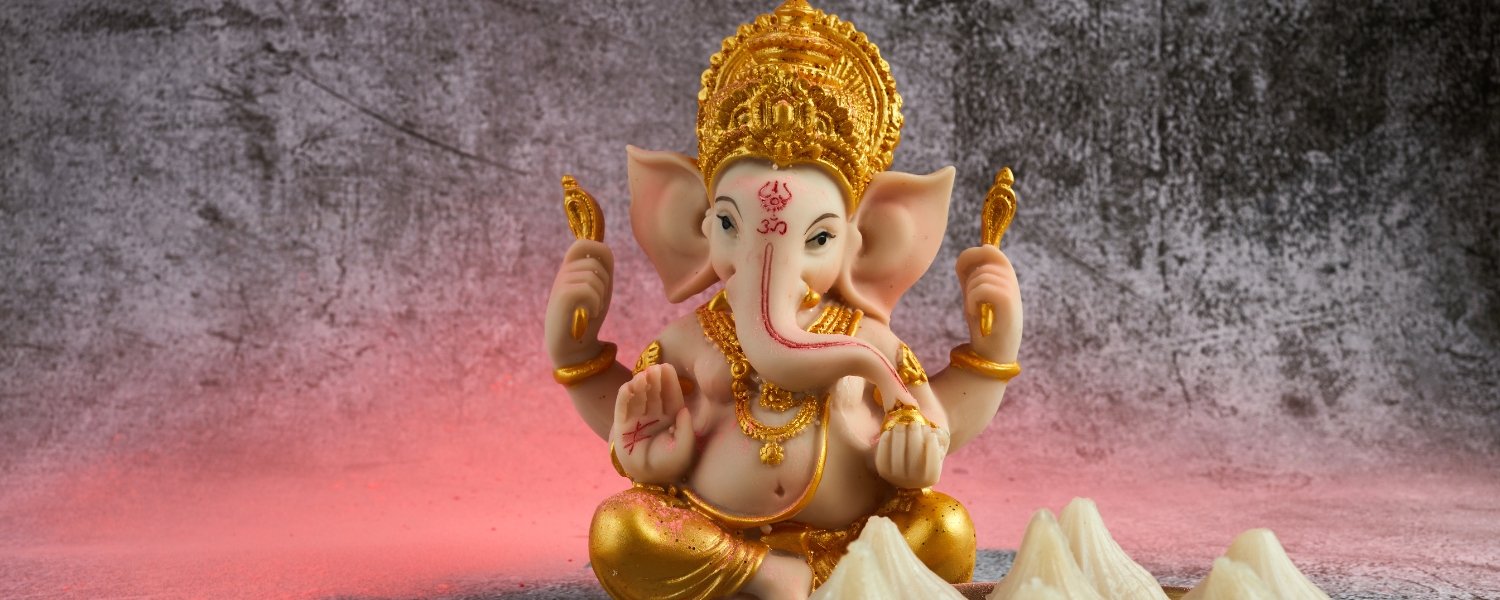
People celebrate Ganesh Chaturthi, dedicated to the beloved elephant-headed deity, Lord Ganesha, with immense fervor in various parts of Odisha. Devotees install elaborately crafted idols of Lord Ganesha in their homes and public pandals, offering prayers and modak sweets to seek his blessings for prosperity and success.
The festival is marked by elaborate rituals, including the chanting of mantras and the performing of aarti ceremonies. Grand processions and cultural programs add vibrancy to the festivities, uniting communities in joyous celebration.
Raja Parba
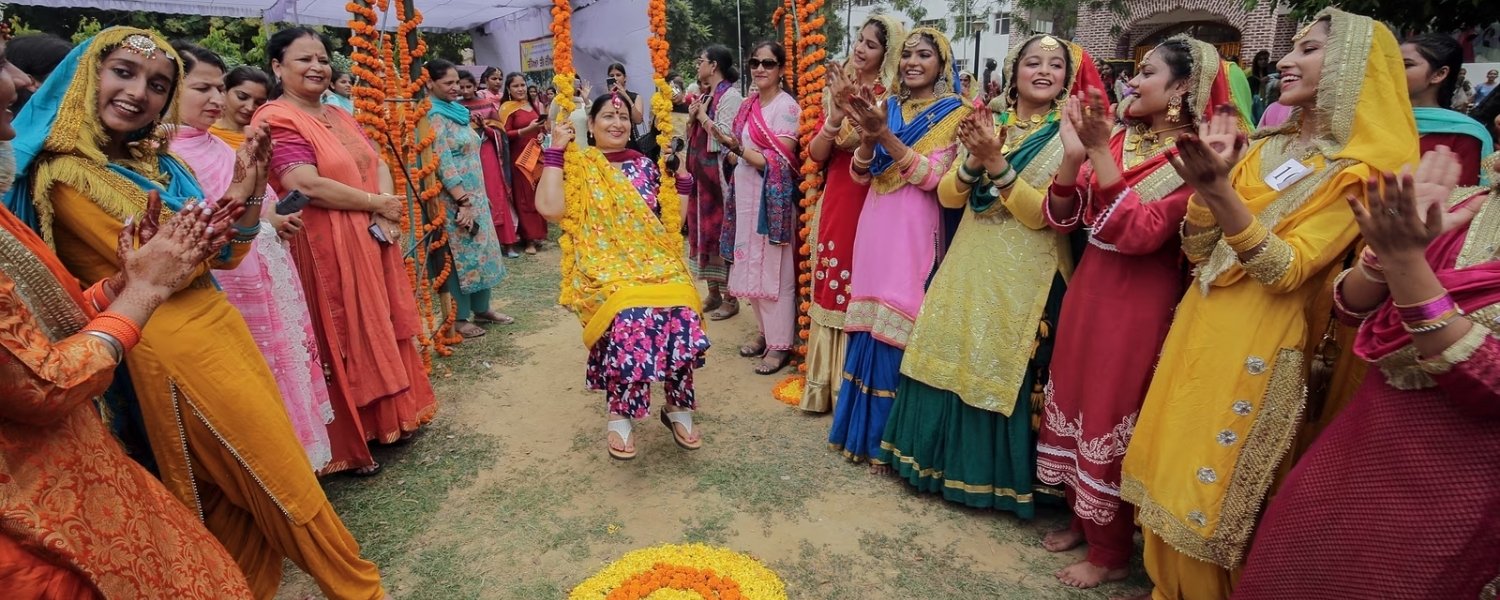
Raja Parba, also known as ‘Mithuna Sankranti,’ celebrates womanhood and the fertility of Mother Earth. During this three-day festival, young girls and women indulge in playful activities, swing on decorated jhulas (swings), and relish traditional delicacies like pithas and sweets.
The festival highlights the agricultural significance of the monsoon season and pays homage to the feminine energy of nature. Raja Parba fosters a sense of joy and camaraderie, as communities come together to celebrate the beauty and abundance of life.
Bali Jatra/Kartika Purnima
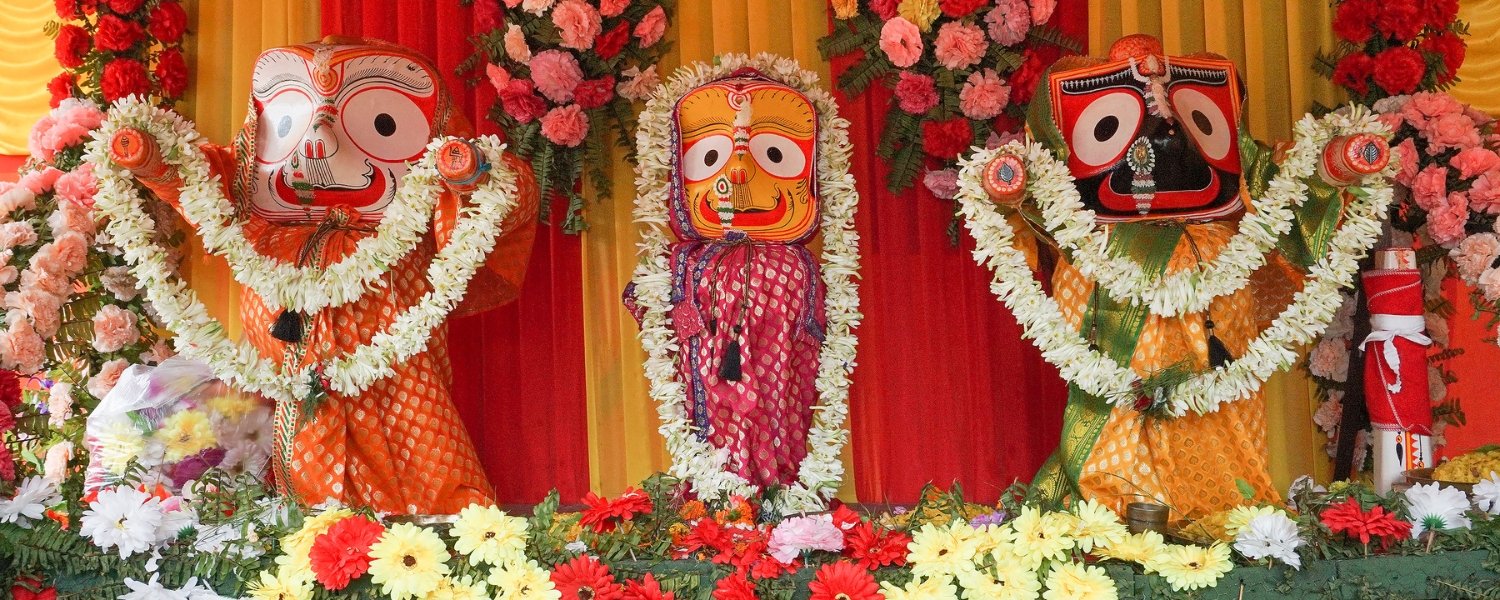
Bali Jatra, a historical and cultural festival, commemorates the maritime legacy of Odisha and the voyage of ancient traders to distant lands. The festival coincides with Kartika Purnima and is celebrated with grandeur near the banks of rivers and water bodies.
Colorful boats, cultural performances, and trade exhibitions add vibrancy to the festivities, attracting tourists and locals alike. Bali Jatra fosters a sense of pride and nostalgia, as communities gather to celebrate the maritime heritage and cultural diversity of Odisha.
Gajalaxmi Puja
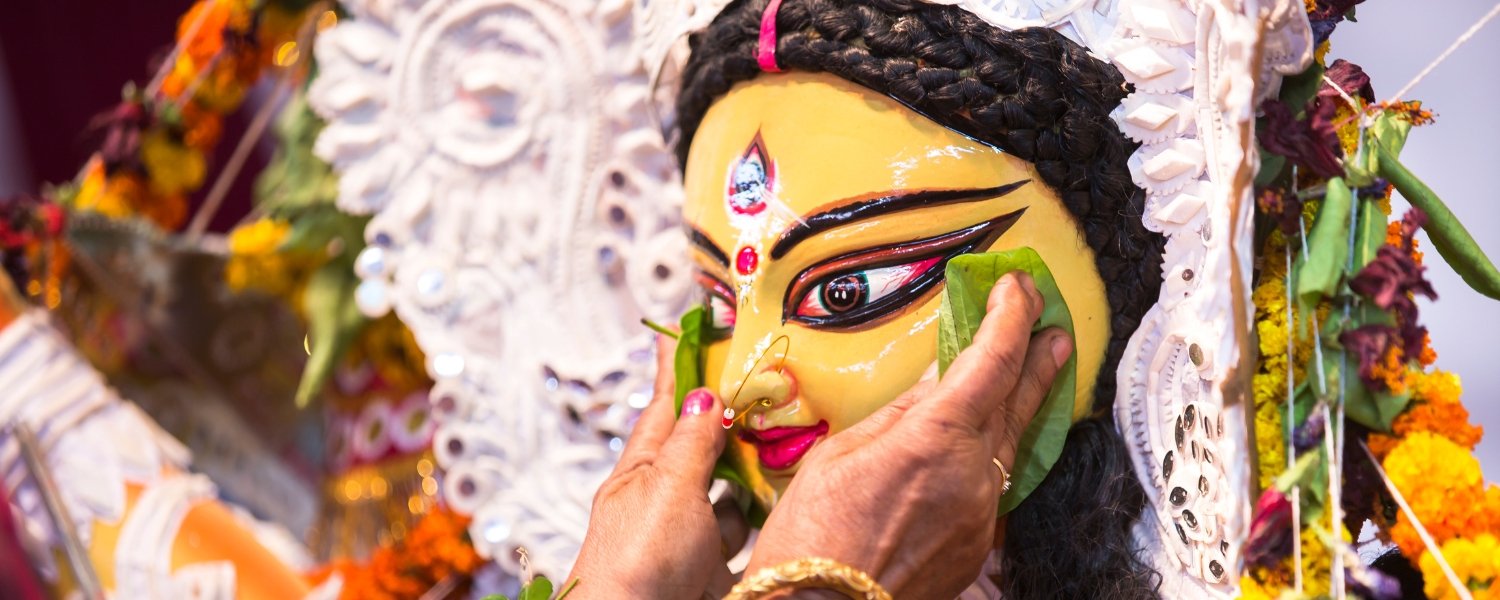
Gajalaxmi Puja honors Goddess Lakshmi, the symbol of wealth and prosperity, in her majestic form as Gajalaxmi. Devotees perform elaborate rituals and offer prayers to seek the blessings of Goddess Lakshmi for abundance and prosperity in their lives.
People mark the festival by decorating homes and businesses with colorful rangolis and lights, creating an aura of opulence and joy.Gajalaxmi Puja is a time for gratitude and reflection, as devotees express their appreciation for the blessings bestowed upon them by the goddess of wealth.
Nuakhai
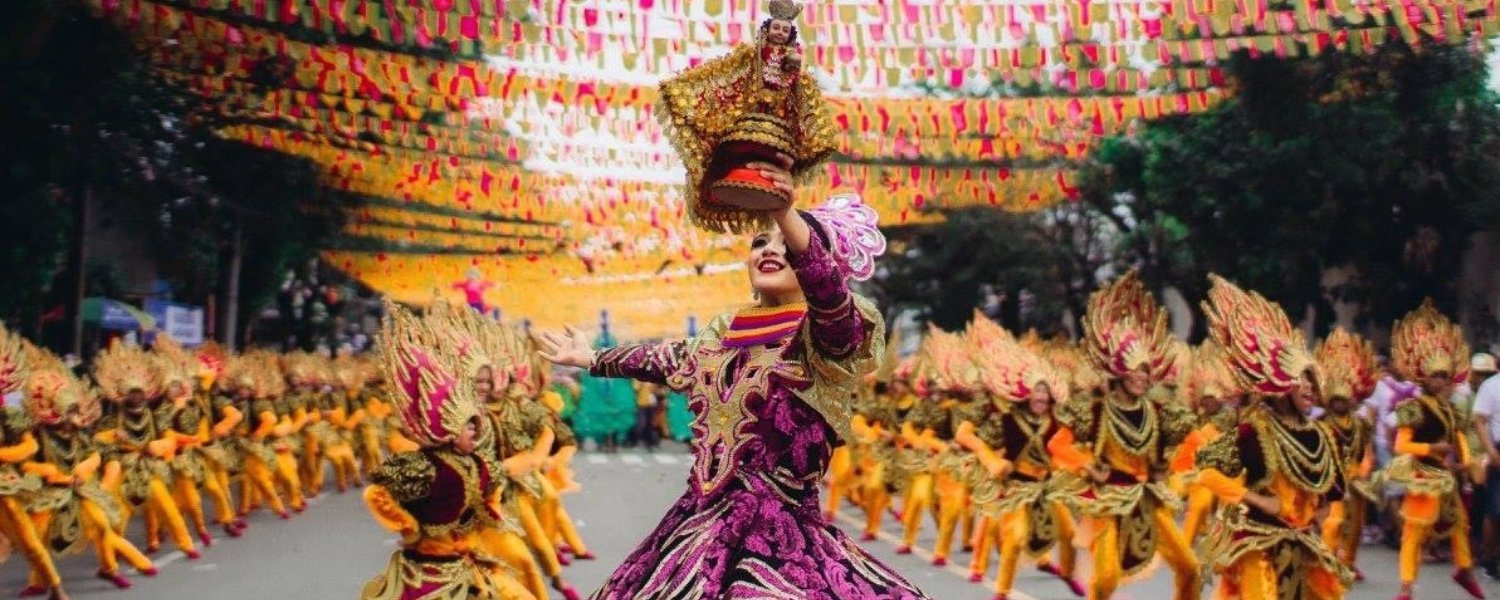
Nuakhai, the agrarian festival of Odisha, celebrates the new rice harvest and offers gratitude to the presiding deity of food, Goddess Samaleswari.Families gather to partake in the Nuakhai feast, where they cook the newly harvested rice and offer it to the deities before sharing it among relatives and neighbors.
The festival promotes unity, prosperity, and agricultural sustainability in rural communities. Nuakhai is a time for celebration and thanksgiving, as communities come together to rejoice in the abundance of nature’s bounty.
Sitalasasthi
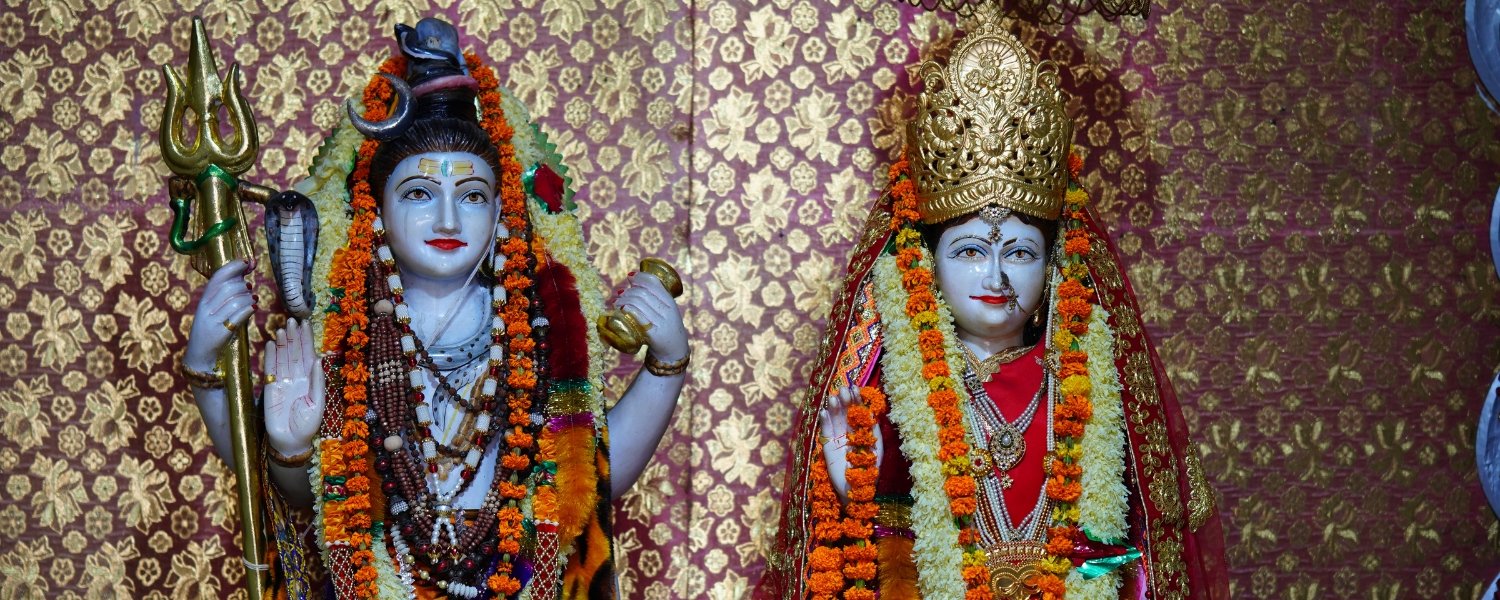
Sitalasasthi, dedicated to Lord Shiva and Goddess Parvati, celebrates the divine union of the celestial couple and the onset of the summer season. People observe the festival by processing with decorated chariots carrying the divine couple, accompanied by traditional music and dance performances.
Devotees seek the blessings of Lord Shiva and Goddess Parvati for a blissful and prosperous life. Sitalasasthi fosters a sense of devotion and spirituality, as communities come together to celebrate the divine love and cosmic harmony of Shiva and Parvati.
Dhanu Jatra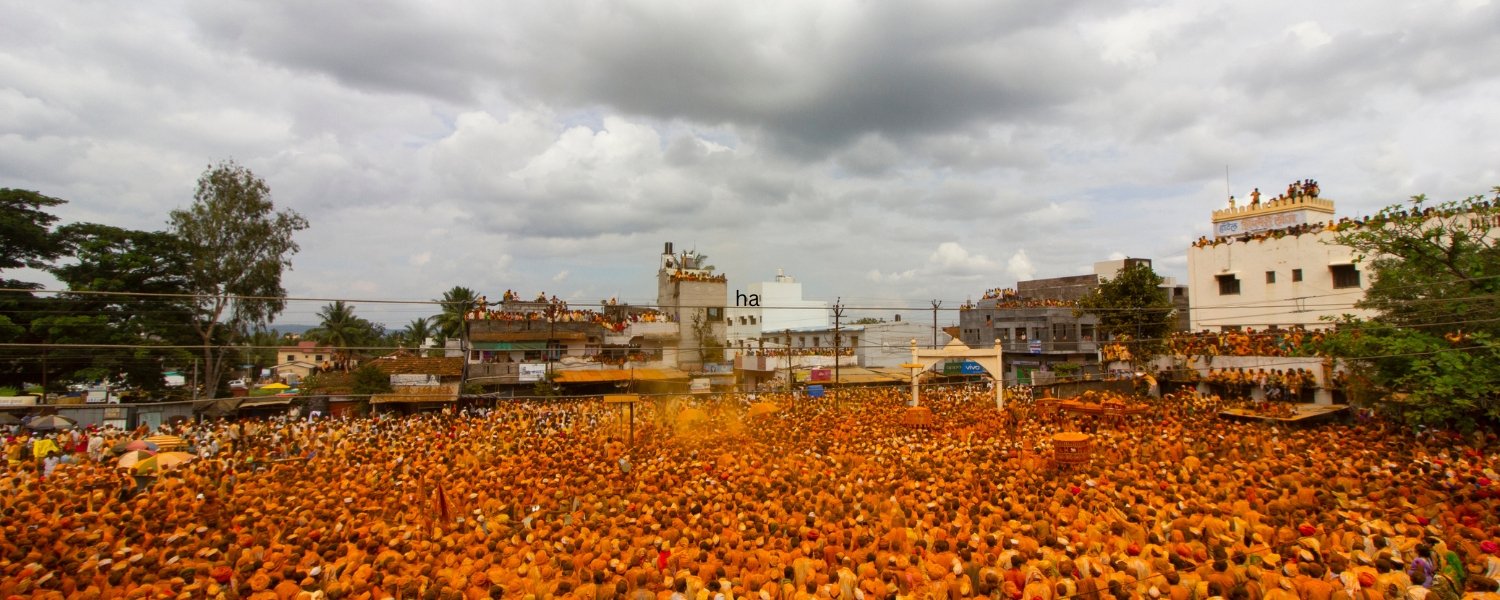
Dhanu Jatra, the largest open-air theater festival in the world, reenacts the mythological story of Lord Krishna and King Kansa. The entire town of Bargarh transforms into Mathura, and the streets become the stage for the enactment of various episodes from the Mahabharata and the life of Lord Krishna.
The festival attracts thousands of spectators and artists who participate in this cultural extravaganza. Dhanu Jatra celebrates the rich cultural heritage and mythology of Odisha, captivating audiences with its grandeur and artistic excellence.
For more festivals related information Click Here.
Conclusion
The festivals of Odisha, spanning religious, cultural, and agrarian themes, form an integral part of its vibrant tapestry of traditions. From the grandeur of Ratha Yatra to the joyous celebrations of Holi and the solemnity of Maha Shivaratri, each festival reflects the cultural diversity and spiritual ethos of the state.
These festivals serve as occasions for communal harmony, spiritual reflection, and cultural exchange, fostering a sense of unity and pride among the people of Odisha.The tribal festivals of Odisha, such as Nuakhai and Dhanu Jatra, highlight the rich cultural heritage of indigenous communities and their close connection with nature.
The fairs and festivals of Odisha, including Bali Jatra and Raja Parba, provide platforms for trade, entertainment, and cultural exchange, enriching the social fabric of the state. The harvest festivals of Odisha, such as Kumar Purnima and Nuakhai, celebrate the agrarian way of life and the abundance of nature’s bounty.
In essence, the festivals of Odisha are not just religious or cultural events but a celebration of life itself—a reaffirmation of the bonds of community, the rhythms of nature, and the enduring spirit of the people.
As custodians of this rich cultural heritage, the people of Odisha continue to cherish and preserve their traditions, ensuring that the legacy of their festivals endures for generations to come. Through art, music, dance, and ritual, the festivals of Odisha transcend boundaries of time and space, uniting people in a shared celebration of humanity’s collective heritage.
FAQ
1. What are the major festivals celebrated in Odisha?
Odisha boasts a rich tapestry of festivals, including Durga Puja, Ratha Yatra, Deepabali, and Kumar Purnima, among others. Each festival holds religious, cultural, or social significance and is celebrated with great fervor across the state.
2. How do people celebrate Ratha Yatra in Odisha?
Ratha Yatra, the ‘Chariot Festival,’ involves the grand procession of Lord Jagannath, Lord Balabhadra, and Devi Subhadra on elaborately decorated chariots through the streets of Puri. Devotees pull the chariots and offer prayers, seeking blessings from the deities.
3. What is unique about Dhanu Jatra in Odisha?
Dhanu Jatra is a unique open-air theater festival held in Bargarh, Odisha, where the entire town transforms into the mythical land of Mathura. The festival reenacts the legendary story of Lord Krishna and King Kansa, attracting thousands of spectators and artists from around the world.
4. How do people celebrate Deepabali (Diwali) in Odisha?
People in Odisha celebrate Deepabali by lighting lamps, bursting firecrackers, and exchanging sweets and gifts. They decorate their homes with colorful rangolis and offer prayers to Goddess Lakshmi for wealth and prosperity.
5. What is the significance of Nuakhai festival in Odisha?
Nuakhai is an agrarian festival celebrated to welcome the new rice harvest. It is a time for gratitude and thanksgiving, as families offer prayers to Goddess Samaleswari and share the freshly harvested rice with relatives and neighbors.

